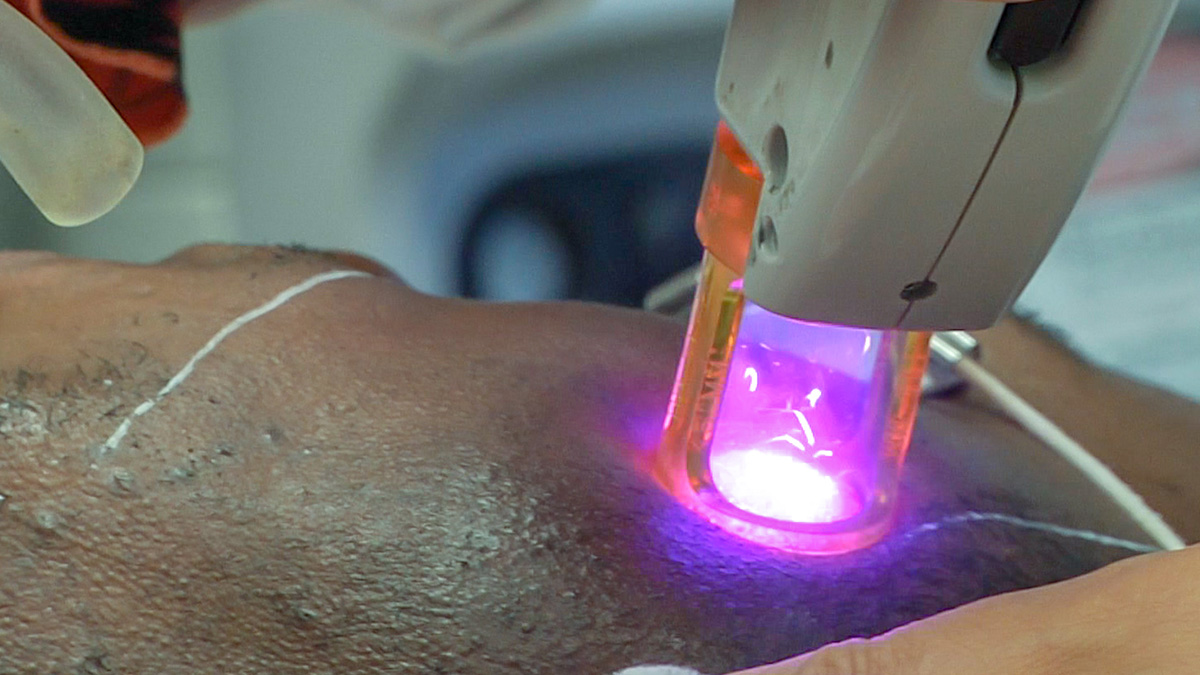
Introduction
Laser hair removal is a procedure that involves a pulsating light beam in order to remove unwanted hair. The beam passes through the skin to hair follicles and damages them with heat so as to inhibit any further growth of hair. This procedure slows the growth of hair but it cannot stop the hair from growing permanently. One usually needs several treatments and it works best for people with dark hair and light skin. The procedure is commonly used to remove unwanted hair on armpits, upper lip, legs, bikini line and chin. It can be done on virtually every area of the human body. This procedure poses certain risks of side effects that should be discussed.
Possible side effects
The biggest concern of every patient is the possibility of scarring after hair growth reduction treatment with a laser. This was the case with tanned skin, but the modern laser technology eliminates any possibility of scarring nowadays. Laser can cause severe damage to the eyes so it is of extreme importance to avoid and contact of laser with the eyes. Operators and patients must wear specific protective eyewear at all times during the procedure. The procedure is also known for sometimes darkening tattoos in the treated area. The treated area of the skin can sometimes get red right after the procedure but that is a common minor side effect of the treatment.
Skin blistering used to be a common side effect before, but nowadays laser hair removal involves efficient cooling devices which eliminated the occurrence of blisters. The tissue cooling is done by freezing spray or by means of a contact chill tip. The cooling needs to be done to protect the skin from too much exposure to high temperatures. Ruby and alexandrite lasers can sometimes trigger crusting and it happens mainly because a certain skin area gets treated repeatedly.
In rare cases, a wound infection may occur after the laser procedure. The wounds themselves can rarely be seen on the dermis, but nevertheless, if the infection occurs it can be treated with antibiotics and other medications for viral infections. The procedure can also trigger hyper pigmentation of the skin due to the exposure to laser. The pigment deposition gets increase and the skin becomes slightly darker but it usually occurs in people who already have a tanned skin. These side effects can be treated easily with bleaching materials. Multiple laser exposure can also trigger lightening of the dermis, although this condition is not permanent and it heals on its own.








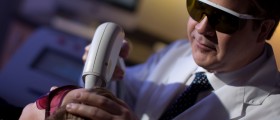
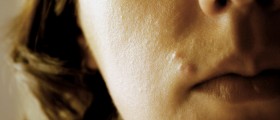


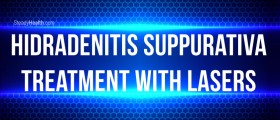


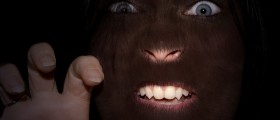

Your thoughts on this
Loading...